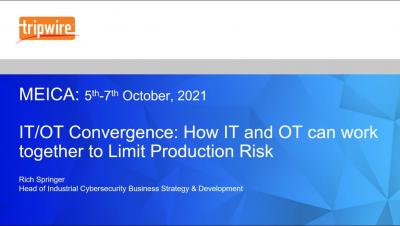How to Create a Data-Centric Security Model
Information security used to revolve around securing the locations where sensitive data was stored. Now, with the rise of cloud computing, data can be stored and transferred in an infinite number of ways — making it nearly impossible to protect against data breaches for every single device. The best solution for modern times, then, is a data-centric security model.








